How to troubleshoot a Panasonic LQ-MD800 DVR with no power?
- DDeborah RobinsonSep 13, 2025
To resolve a 'no power' issue with your Panasonic DVR, ensure the AC mains lead is securely inserted into the household AC outlet.
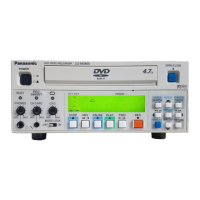
How to troubleshoot a Panasonic LQ-MD800 DVR with no power?
To resolve a 'no power' issue with your Panasonic DVR, ensure the AC mains lead is securely inserted into the household AC outlet.
Covers warnings about fire/shock hazards, storage, handling, and grounding requirements for safe operation.
Warns about hazardous laser radiation exposure when covers are removed or controls are misused.
Provides specific safety warnings regarding electrical shock for users in the USA and Canada.
Details the device's compliance with FCC rules for digital devices and potential interference issues.
Covers safety precautions for European users, including disposal of old equipment and battery handling.
Highlights high-quality audio/video recording, progressive scan, and fast access features.
Details compatibility with DVD-RAM and DVD-R media, including capacity and features.
Covers editing, menu navigation, NTSC/PAL switching, and external control capabilities.
Lists the essential accessories included with the unit, such as power cords.
Lists optional accessories like disc cleaners and specific cables for purchase.
Details the power button, disc tray controls, and status LEDs like BUSY and REC INHIBIT.
Explains the function of playback controls like STOP, PLAY, PAUSE, REV, FWD, and SEARCH.
Describes how the unit's display shows media status, recording/playback modes, and time information.
Details all video, audio, remote control, and communication ports on the rear panel.
Explains compatible disc types (DVD-RAM, DVD-R) and essential usage guidelines.
Covers the process of finalizing DVD-R for playback and potential causes of data loss.
Guides on connecting the unit to a monitor via composite, component, or S-Video inputs/outputs.
Details how to connect various video sources like cameras and players to the unit.
Explains component video output and setting up progressive scan for enhanced picture quality.
Details connecting a microphone for audio input and PC connectivity via RS-232C/USB.
Covers settings for recording mode, input selection, and audio format.
Details settings for system behavior, clock adjustment, and initializing unit settings.
Guides on selecting recording media (RAM/DVD-R) and recording modes (XP, SP, LP).
Explains selection between LPCM and Dolby Digital for audio recording quality.
Covers inserting discs, starting play, pausing, stopping, and resume function.
Details fast forward, rewind, slow motion, frame-by-frame viewing, and skipping.
Explains time slip for navigating content and instant repeat for replaying sections.
Guides on marking specific points on a disc for quick return.
Details how to change and understand status information on the screen.
Explains how to access and navigate function menus for various settings.
Covers customization of soundtrack, subtitle language, and playback angle.
Details picture adjustments and sound menu options like DNR and monitor settings.
Explains the structure, icons, and basic operation of the unit's main MENU window.
Covers functions for titling discs, protecting programs, and erasing all content.
Guides on formatting DVD-RAM discs and finalizing DVD-R discs for universal playback.
Explains how to search for recorded programs and navigate the program list.
Covers erasing programs, editing titles, and setting program protection.
Details how to erase specific parts of a program or divide a program into two.
Guides on creating new play lists and displaying existing ones.
Explains how to play back entire play lists or individual scenes.
Guides on selecting and adding scenes to create or modify play lists.
Details how to move scenes within a play list or re-edit scene start/end points.
Guides on how to remove individual scenes from a play list.
Covers functions for copying, erasing, and assigning titles to play lists.
Explains how to enter titles, character selection, editing, and any entry limitations.
Outlines general procedures for changing settings and summarizes menu categories.
Covers specific settings like clock, remote control, and communication protocols.
Details settings for picture mode, resolution, color, sharpness, and black level control.
Covers settings for audio search, dynamic range compression, and bilingual audio.
Covers on-screen messages, window size, type, and program write protection.
Guides on selecting TV system (NTSC/PAL) and aspect ratio settings for monitor compatibility.
Provides instructions for cleaning the unit, handling discs, and preventing damage.
Defines key terms related to video signals, recording, playback, and audio formats.
Lists common error messages related to discs, recording, and compatibility, with solutions.
Covers errors related to TV system mismatches, full discs, and regional playback issues.
Addresses errors displayed on the unit itself, such as NO READ, OVER TEMP, and FAN LOCK.
Provides solutions for power problems, unit unresponsiveness, and disc ejection difficulties.
Addresses issues like no picture, incorrect screen size, missing messages, and video artifacts.
Covers problems with starting playback, distorted sound, incorrect audio types, and subtitles.
Addresses recording failures, time discrepancies, data loss, and program loss issues.
Details troubleshooting for remote control issues and provides connector signal pinouts.
Lists detailed technical specifications for power, video, audio, and recording systems.
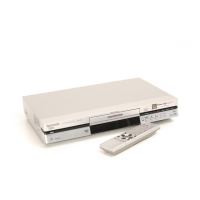
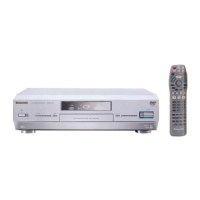
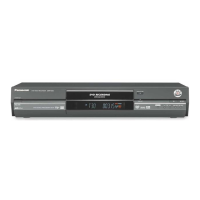
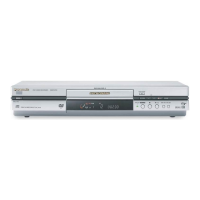
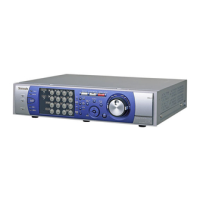
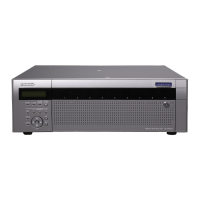

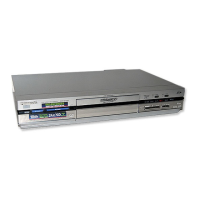
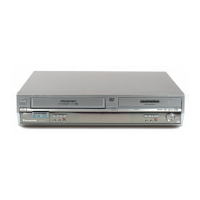
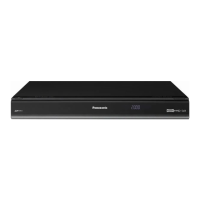
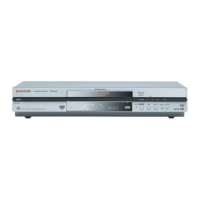
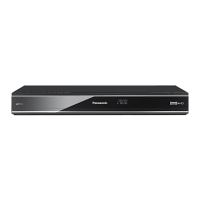
